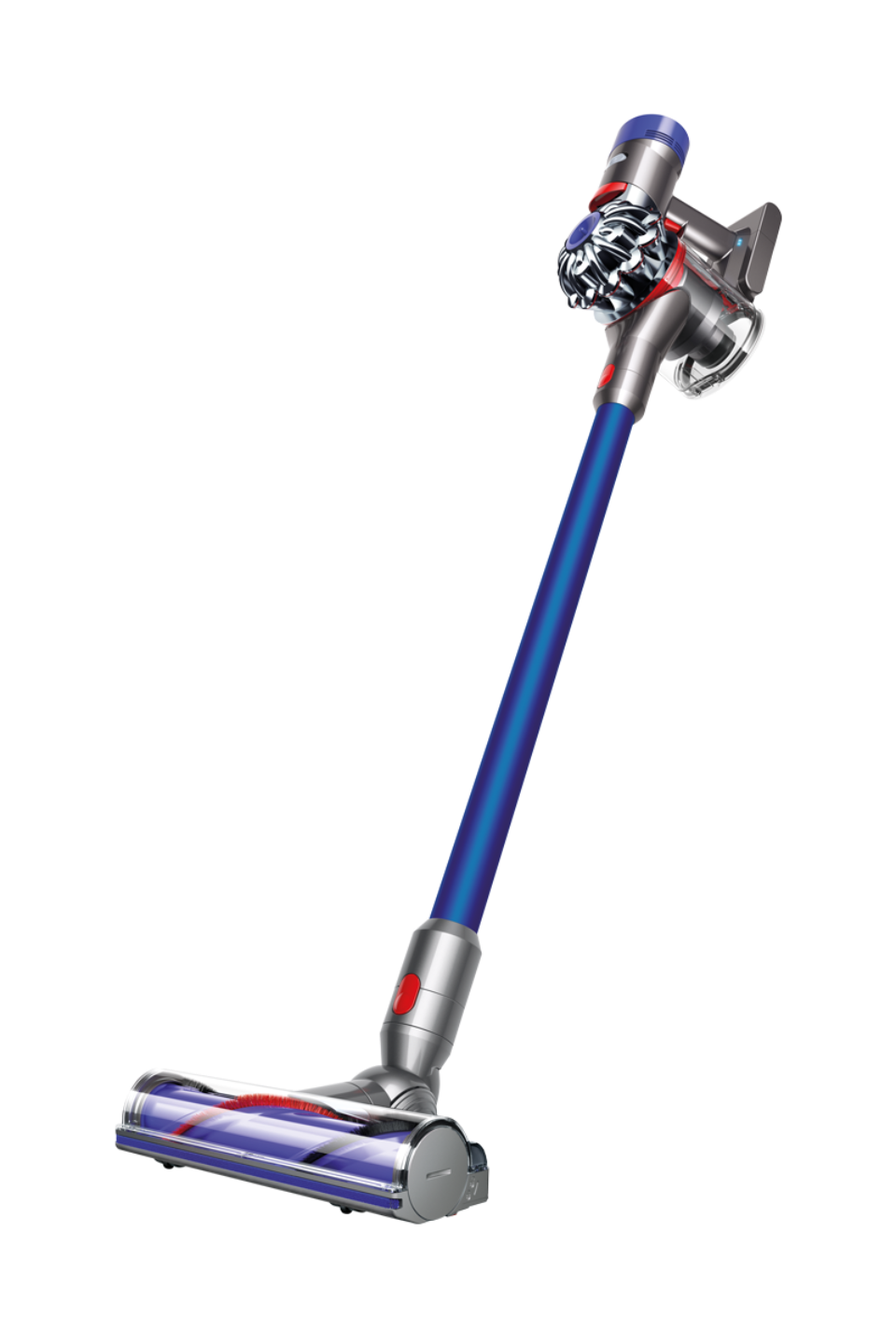Dyson Purifier Humidify+Cool Autoreact (White/Nickel)
Purifier. Humidifier. Fan. All In one. Automatically senses, captures, and traps pollutants for cleaner air. Purifies and humidifies the whole room.
Purifier. Humidifier. Fan. All In one. Automatically senses, captures, and traps pollutants for cleaner air. Purifies and humidifies the whole room. Dyson 2-year warranty.
Automatically purifies and hygienically humidifies for a healthier, more comfortable environment
The latest Dyson purifier humidifier is engineered to help improve your air quality. An advanced filtration system combines an activated carbon filter to remove gases and odors with a HEPA filter to capture 99.97% of particles 0.3 microns in size. Powerful Air Multiplier™ technology projects purified, humidified air throughout the room.³
Helpful air humidifying tips
Dyson purifier humidifiers can achieve desired humidity either automatically or manually in a single room. In Auto mode, set it and forget it. In Manual mode, the LCD prompts you to increase airflow to help you achieve your target quicker. Our machines work most efficiently in a sealed environment.
Senses and reports, automatically
Integrated sensors constantly analyze your air, while our unique algorithm cross-checks data every second. It diagnoses pollutants at a molecular level, displaying live results on the LCD.
Captures gases and ultrafine particles
The HEPA filter captures 99.97% of particles 0.3 microns in size. A layer of activated carbon also removes odors and gases including VOCs.
Destroys potentially harmful bacteria
Dyson Ultraviolet Cleanse technology exposes every drop of water to a UV light, removing 99.9% of bacteria in the water to hygienically humidify.²
Fully sealed to HEPA H13
To prevent pollutants leaking back into the air, it’s not just the filter that’s sealed to HEPA H13 standard⁴, it’s the whole machine. So what goes inside, stays inside.
Circulates purified humidified air
Dyson Air Multiplier™ technology mixes and circulates purified, humidified air throughout the room.
Cools you when needed
In warmer weather, a powerful stream of purified, humidified airflow can cool you down.⁸
Auto mode
Constantly monitors your air quality, automatically adjusting airflow to reach and maintain the most comfortable humidity level and react to pollution events.
Continuous humidification
An efficient water management system and a one gallon tank give you up to 36 hours⁶ of hygienic humidification without regular refilling.
Night mode
Purifies using the quietest settings and a dimmed display. Sleep timer enables pre-set intervals of use, between 15 minutes and 9 hours.
Backward airflow mode
Diverts airflow through the back of the machine to purify and humidify without cooling you.
Breeze mode
Unique algorithms vary the airflow to mimic a cooling, refreshing breeze.
Jet axis control
Two oscillators guide the airflow – projecting separately, or in unison, so you can choose different airflow modes.
Deep clean cycle
Activate the machine’s monthly hassle-free Deep clean cycle at the touch of a button. It will guide you through the simple step-by-step process.
Simple filter changes
Built-in reminders show you when your combination filter needs changing. It’s quick and easy to do.
Additional information
| Height | 36.33 in |
|---|---|
| Length | 12.28 in |
| Width | 11.02 in |
| Weight | 18 lb |
| Airflow at max. setting | 87 gallon |
| Oscillation/Angle | 90 degrees |
| Cord length | 6 ft |
| Number of speed settings | 10 |
| HEPA filter | HEPA H13 |






Reviews
There are no reviews yet.